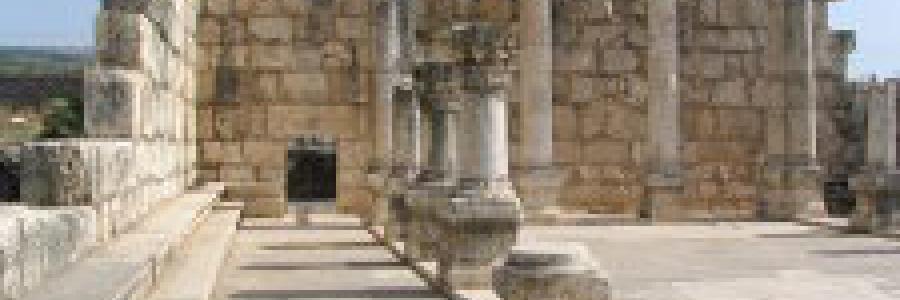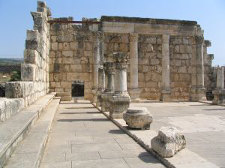The Synagogue and the Church: A Study of Their Common Backgrounds and Practices (Part 11)
Reprinted with permission from As I See It, which is available free by writing to the editor at dkutilek@juno.com. Read the entire series.
Chapter Seven: Conclusion
It is no “stretch” to find in the churches of the NT what may be characterized as “Christianized” synagogues. The membership in the synagogue was rather restricted, being based first on physical requirements (male and Jewish by birth), but slightly expanded to admit those men who spiritually came over to the Jewish religion and submitted to its rituals and requirements. In the churches, the membership requirements were spiritual rather than physical in nature, being based on a new spiritual birth for both Jews and Gentiles, followed by a public declaration through immersion of faith in the Messiah Jesus. Gentiles were not required to “become Jews” in order to qualify for admission. Women as well as men were admitted into the congregation.
The chief constituent elements of a synagogue service—prayer, Bible reading and a sermon—are found as well in the churches. There are some differences, of course. While the synagogue naturally enough limited its Bible reading to the OT, the NT churches also included the reading of the NT books as they became available. The prayers in the synagogue tended toward the written and liturgical while the NT churches betray no evidence of such a practice in the first century.

 Reprinted with permission from
Reprinted with permission from 
Discussion